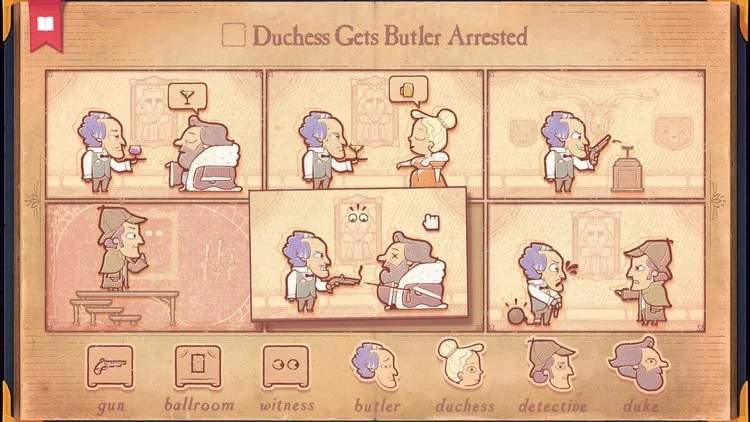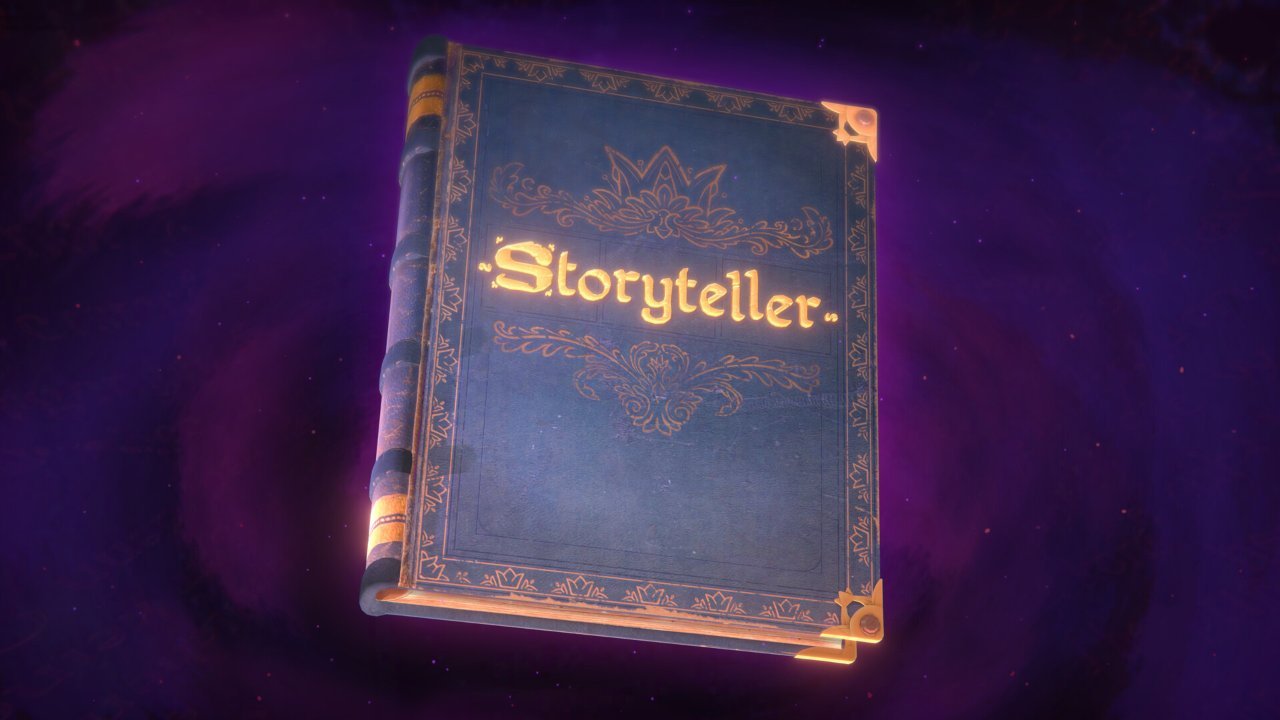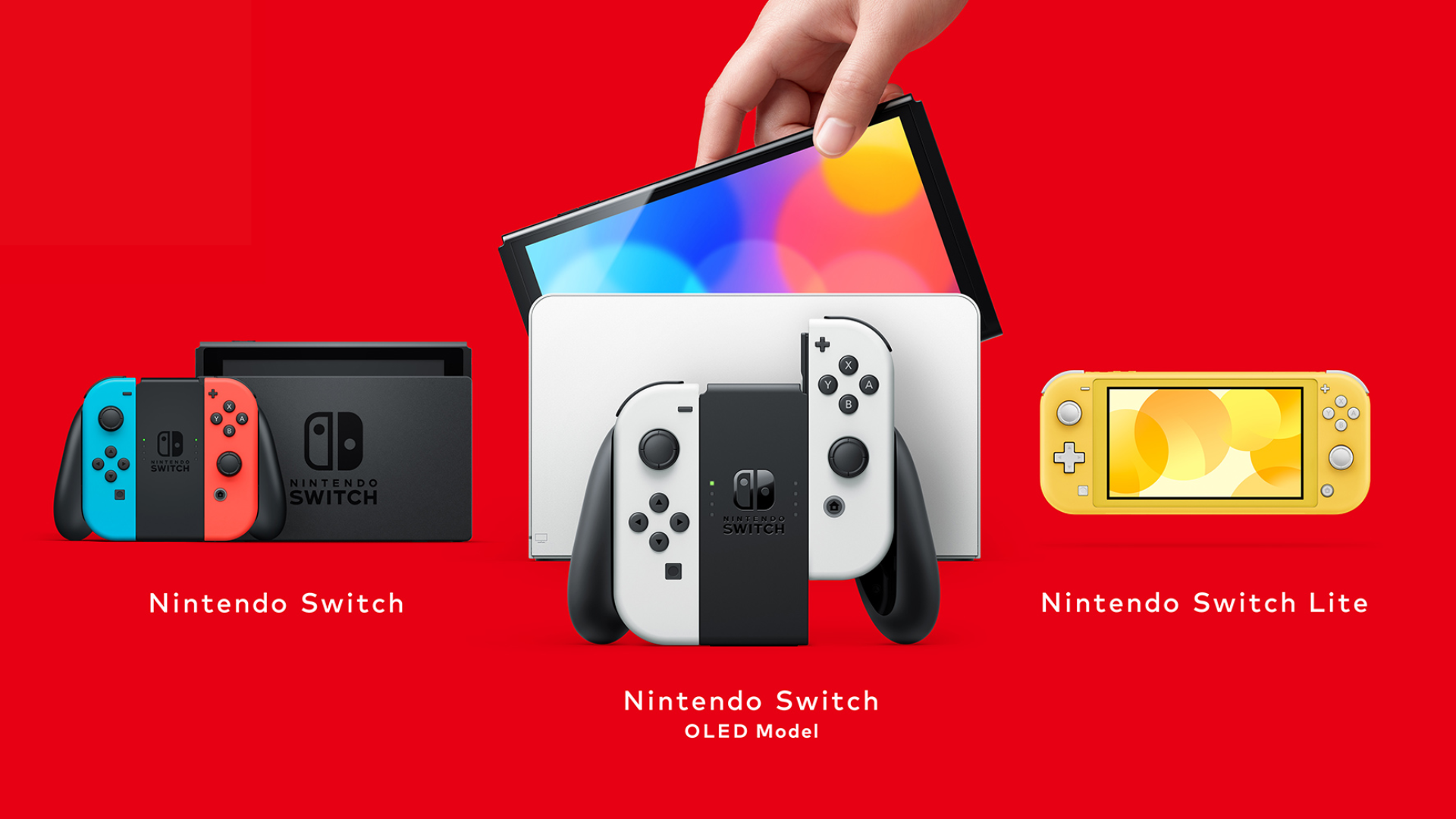Recently, the publishing team Annapurna Interactive worked with creator Daniel Benmergui to publish his narrative-based puzzle game Storyteller. Now that players have had a chance to get through all the different tales between the pages, I thought it would be a good title to get to know more about. Luckily, they were interested in talking more about their game and I got the opportunity to talk with Mr. Benmergui himself. Here’s what I was able to uncover in my interview with Daniel Benmergui.
Q: What inspired a storybook-style puzzle game?
A: “When I was little, I had these fantasy children's story books. I remember looking at the illustrations of these books and wondering what would happen if I could change things. So, what would happen if I warned the main characters of what the villain is doing? What would happen if the prince liked Cinderella’s sisters better? What would happen if I could change things around? And I would look at the images mostly, so I would visualize moving characters around. That’s where Storyteller started back in the day in a very, very simple form. The first prototype was just beginning, middle, and end with only a few elements able to be moved around. As time went on it grew and evolved into a more sophisticated thing that allows you to try deeper story experiments.”
Q: Do you plan to add more chapters or books to the series?
A: “Yeah, we are going to expand some things that are already in the game and bring back the Genesis-type level that was in the demo. It didn’t make it in the full game because we wanted to a bit more and flesh that out a bit more. So, soon an update will come with some of this stuff. After that, we have a few ideas to add to the game.”
Q: Will you have continuing storyline puzzles, such as Puzzle A’s outcome affecting Puzzle B’s storyline?
A: “That would be sort of similar to making a twenty-panel story in which you have a lot of room to make many, many things happen. So, when we shipped the game, the last chapter has eight panels and that was a pretty recent thing because Storyteller was supposed to be a six-panel game. That’s when we realized that eight panels let you do more stuff. So, this might be a hint that we will have more panels in the future than that. But, since this is a game that grows from small to big, we are going to take it slow and maybe we will do some experiments with ten-panel puzzles and see if that works. Then we will see if it makes sense to make an even longer version of the game or levels.”
Q: Who was your target audience?
A: “One of the characteristics of Storyteller is that it is different from all the other games out there. So, that means that Storyteller does not rely on common gaming knowledge about how things work. There are no expectations that you bring from playing video games. This makes it accessible to people who don’t play games. So, we had to design all the interactions for the game from the ground up without taking more borrowing from other games. But that had the advantage that people who don’t play games can actually play Storyteller.
There are two ways of playing Storyteller, from what we observed. One is trying to see and imagine what the mechanics of the game is and solving it as a regular puzzle that they’re used to. Use all their puzzle-solving skills to play the game, which means you are probably going to speed through it faster than the average person. The other way is by not bringing in any puzzle-solving expertise and just using your intuition on how things work in the story and from real life, and playing the game from there.
This lets people enjoy the game and I would say that those who approach the game more intuitively enjoyed the game more. This is because puzzle solvers tend to look at the mechanics to solve the puzzle while the others will see the little details that make up the story.”
Q: Which character is your favorite to play with while forming puzzles?
A: “Well, the evil characters are the most fun because it’s easier to imagine what they are capable of doing. And also they tend to move the story somehow because they do nasty stuff and create conflict, which is a very important part of plot-based stories. Plus, you can make them do kind of asshole stuff, which can be fun.
It’s the same when making the puzzles the process is that we come up with an idea like ‘what if the Barron could put on a disguise and deceive the queen into marrying him?’ That’s just an idea and then when we try it as players and see how does it feel to see the Barron do this - and it’s funny. So, we have to play both roles to decide what should go in the game.”
So, it looks like Storyteller has a bit of a future ahead of it with updates and maybe even more than that in the future. The game itself, as it is, isn’t super long but it is definitely intriguing and entertaining, so I’m excited to see how they end up expanding it further down the road.
Storyteller is now available for PC via Steam and Nintendo Switch. What did you think of this interview with Mr. Benmergui? Are you looking forward to seeing more features and puzzles come to Storyteller in the future?




















